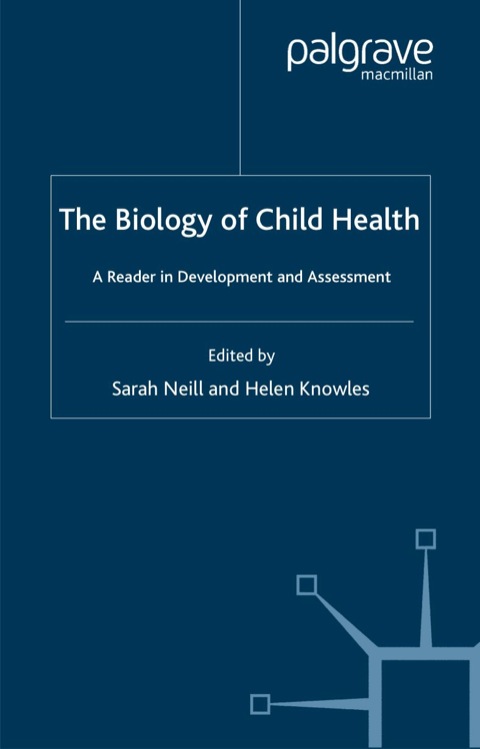Slavery And Identity: Ethnicity, Gender, And Race In Salvador, Brazil, 1808-1888
Mieko Nishida
Slavery And Identity Narrates A Peculiar Sort Of History Of The Peculiar Institution. Not About Slavery Per Se, It Looks At Urban Slavery In An Atlantic Port City From The Vantage Point Of Enslaved Africans And Their Descendants, Examining Their Self-perceptions And Self-identities In A Variety Of Situations. Using Both Primary Archival And Printed Sources, Mieko Nishida Examines The Perspectives Of Slaves, Ex-slaves, And Free-born People Of Color And The Critical Factors That Affected Their Lives And Self-perceptions. The Book Offers A New Window On Slave Life In Nineteenth-century Salvador, Brazil, And Illustrates The Difficulty Of Generalizing About New World Slave Societies. In Salvador, Slaves Owned Slaves And Even Participated In The Transatlantic Slave Trade. Africans Who Were Removed From Africa As Slaves Sometimes Managed To Purchase Their Freedom. Former Slaves Of African Birth Sharply Distinguished Themselves From Their Enslaved Counterparts, Though Even In The Fluid Stratification Of Salvador, African-born People Found Themselves At The Bottom Of The Social Ladder. Yet Somehow They Were Never Entirely Excluded From Society Or Even From Power At A Certain Level. Brazilian-born People Of African Descent Created Their Own Identities In Relation To The Larger Society's Favorable Treatment Of Brazilian-born Over African-born, Of Lighter-skinned Over Darker-skinned, And Of Women Over Men. A Group Of Skilled Free-born Men Of African Descent Were Able To Create A Mutual Aid Association That Enabled Them To Choose To Identify Themselves As Blacks, While Excluding Women And Other Blacks Of Lesser Means.--book Jacket. 1. A Capital Of Africa In Brazil -- Pt. 1. To Be African-born And Enslaved, Circa 1808-1831 -- 2. The Creation Of New Identity, 1808-1831 -- 3. The Representation Of Identity, 1808-1831 -- Pt. 2. To Be African-born And Freed, Circa 1808-1880 -- 4. The Re-creation Of Identity, 1808-1831 -- 5. The Convergence Of Identity, 1831-1880 -- Pt. 3. To Be Brazilian-born, Circa 1808-1888 -- 6. The Creation Of Disparate Identity, 1808-1851 -- 7. The Labyrinth Of Identity, 1851-1888. Mieko Nishida. Includes Bibliographical References (p. [227]-250) And Index.
Slavery--History, Slavery--Brazil--Salvador--History--19th century, Slavery--Psychological aspects, Slavery--Brazil--Salvador--Psychological aspects, Slaves--History, Slaves--Brazil--Salvador--History--19th century, Slaves--Social conditions, Slaves--Brazil--Salvador--Social conditions--19th century, Slaves--Psychology, Slaves--Brazil--Salvador--Psychology, Slaves--Emancipation, Slaves--Brazil--Salvador--Emancipation, Africans--Ethnic identity, Africans--Brazil--Salvador--Ethnic identity, Slaves--Emancipation--Brazil--Salvador, HT1129.S2 N57 2003, 306.3/62/0981
| Name in long format: | Slavery And Identity: Ethnicity, Gender, And Race In Salvador, Brazil, 1808-1888 |
|---|---|
| ISBN-10: | 0253215811 |
| ISBN-13: | 9780253215819 |
| Book pages: | 255 |
| Book language: | en |
| Binding: | Hardcover |
| Publisher: | Indiana Univ Pr |
| Dimensions: | xiii, 255 p. ; 24 cm. |














